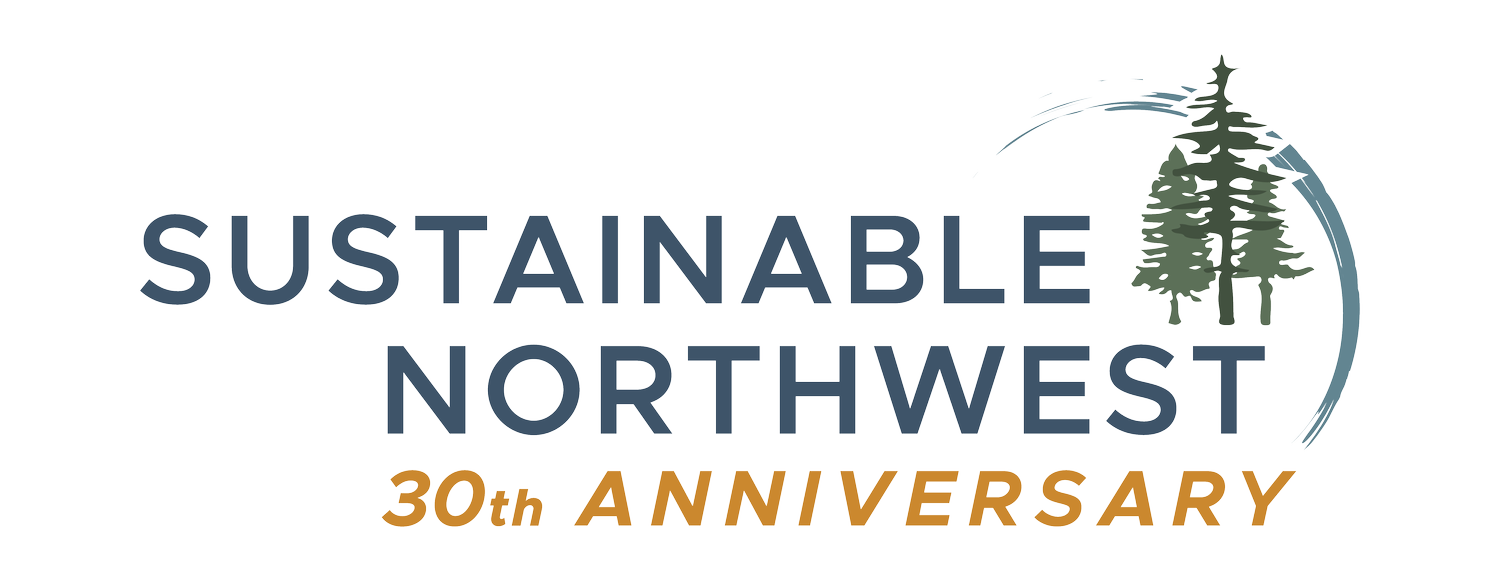Draining the reservoirs behind Klamath dams
In January 2024, the Klamath River Renewal Corporation (the organization overseeing Klamath dam removal) began drawing down, or draining, the reservoirs behind the three remaining dams to be removed on the Klamath River. The reservoirs must be drained before dam removal can begin.
JC Boyle and Copco No. 1 dams had to be breached, which means holes were blasted low in the structures to release water. These two videos show the blasting that took place at both dams to create a hole big enough at the base of each dam to create a controlled release of water from the reservoirs. The first video shows the blast at Copco No. 1 (fast forward to 1:15!), and the second video at JC Boyle:
Iron Gate had existing infrastructure — a tunnel below the dam — that allowed for drawdown to take place without major work or explosive devices. This video shows drawdown at Iron Gate dam:
The river is beginning to find its way again. The initial phase of drawdown is complete, although it will take several months to fully drain the reservoirs, as they will refill with spring runoff and drain again. The recently drained lands are extremely muddy and should be avoided for safety reasons until further notice. Contractors are already working to restore these lands previously covered by the reservoirs by sowing millions of native seeds, grown from the region’s native plants.
Drawdown is being done in winter and spring partly because flows are higher then, which will help flush sediment downstream. Also in winter, there are fewer threatened fish species in the river, making it the least hazardous time to draw down the reservoirs for threatened fish.
Dam removal will ultimately help bring balance back to the river and support thriving native fish populations.
The mud and sediment in the river has been extensively tested. It is nontoxic, and letting the river move the sediment downstream is a natural process that the river did for millennia before the dams were constructed.
In total, four dams are being removed on the Klamath. KRRC removed the first dam, Copco No. 2, in late 2023. The remaining three will be fully removed in late spring or early summer of 2024.
Sustainable Northwest is excited to be part of this project – the largest dam removal to date in the world. By working in partnership with Tribes, commercial fishing groups, other nonprofits, and government agencies, we found the legal and regulatory methods that made dam removal a reality. This project could not have happened without that collaboration and creativity among partners, who found a way through the many political, regulatory, and legal hurdles in the way
Sustainable Northwest is also hard at work with landowners and partners in the upper basin to restore the entire Klamath Basin to health and balance by improving water quality, restoring upland forests, and improving on-farm conservation and sustainability practices.
